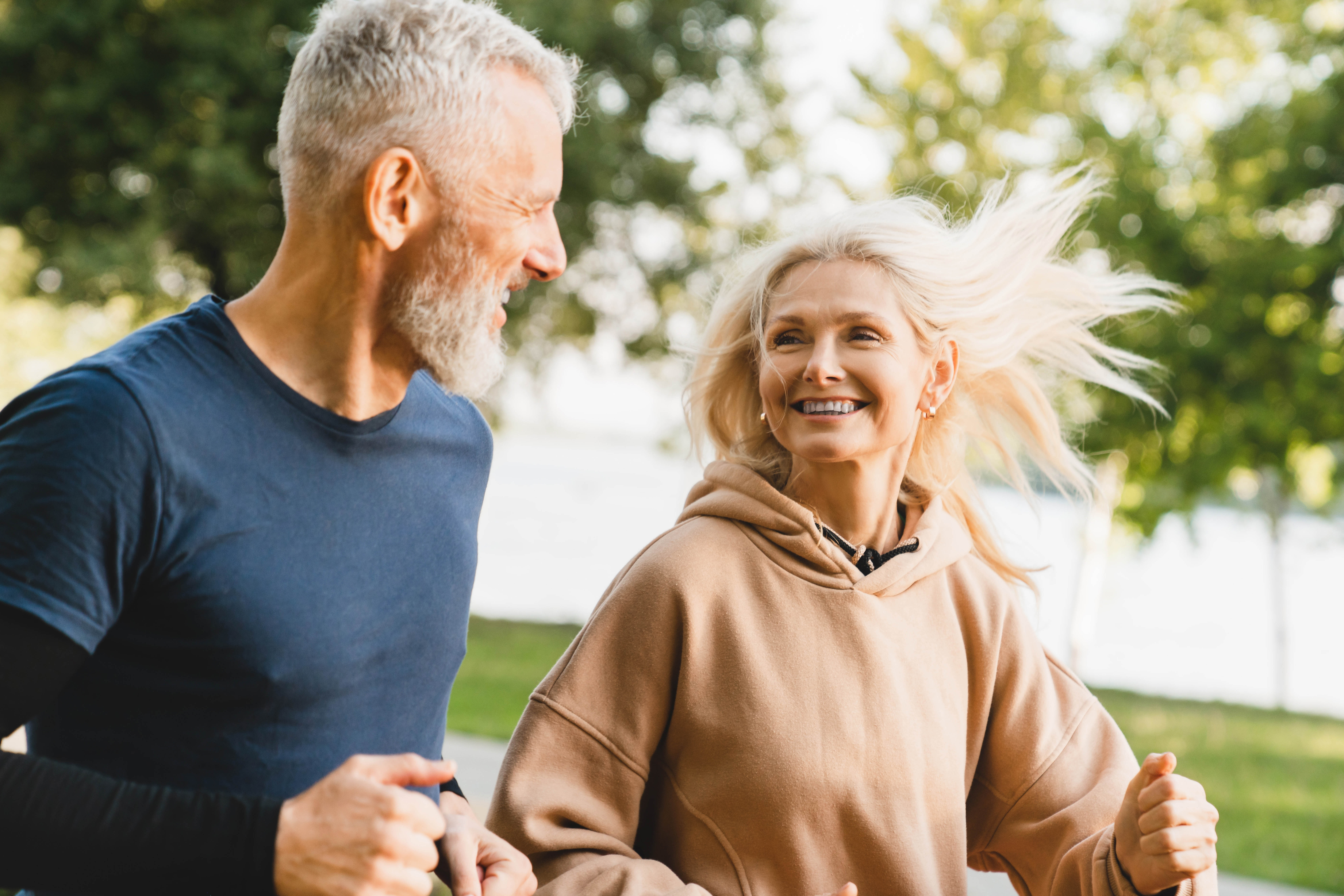The 4 Workouts You Need Each Week
Living Well

Written by: Meg Sharp MSc., Fitness & Well-Being Consultant, Cambridge Group of Clubs
Whatever your current goal - health span, sport performance, stress reduction, weight loss, hypertrophy, just having fun - the kind of training you need is likely more dynamic than you realize. One aspect will typically be obvious: for example, if you’re training to run a marathon you need to run. That speaks to the training principle known as specificity. We also need overload - requiring some combination of intensity and volume - which, if done safely and effectively, ultimately leads to progression and adaptation. These last two principles require adherence to your training over time. (Otherwise, we fall prey to reversibility.) Stated more simply: whatever you want to accomplish - beyond training the obvious - you need stamina, strength, healthy ranges of motion, and balance.
There are therefore 4 types of training you have to incorporate into your week: Aerobic, muscle-strengthening, mobility, and balance. Each makes you better at the others. Combined, they reduce your risk of injury, boredom, plateau, and - therefore - dropout. Together they support results.

This Spring, we’re going to fill your exercise tool box with information on each mode. For each type what parts of your body and brain are your rate limiters and therefore the areas you need to strengthen and grow? Are there specific protocols within each category that elicit specific benefits? What are the most efficient protocols to layer into an already packed week? Are there workouts that target all three?
We’ll start with a deeper diver into endurance training. Then segue into the dynamic world of strength training which segues nicely into mobility. Finally, we’ll wrap up with a piece about balance.
For today, a quick snapshot of the principles supporting each one:
Endurance exercise involves moving the body’s large muscles for extended periods of time. Typically repetitive in nature, this sustained effort relies on aerobic metabolism to create energy in the form of adenosine triphosphate (ATP) from amino acids, carbohydrates, and fatty acids. The cardiovascular system supplies oxygen to the skeletal muscles. Specifically, heart rate and breathing increase in order to supply more oxygen to the working muscles.
Improvements in endurance activity improves health span, cardiovascular health, stamina, cognition, and mood.

Muscle-strengthening exercise - aka strength/weight/resistance training - requires muscles to contract to lift a relatively heavy object, including oneself, against the pull of gravity. Typically involving weight machines, free weights, exercise bands, cables, or body weight. Similar to endurance training, the effort relies on energy derived from the breakdown of amino acids, carbohydrates, and fatty acids. However, while the work may be categorized as aerobic (also requiring oxygen to sustain the activity), higher intensity exercise of this type may break down glucose (from the blood or from muscle glycogen) to produce ATP without oxygen. And even higher intensity efforts will use stored ATP and phosphocreatine to rapidly produce movement.
Improving your strength improves health span, bone and joint health and function, boosts confidence, reduces risks of injury from falls, and improves performance of many sports and recreational activities.

Mobility training is related to, but different from, stretching. Specifically increasing our mobility involves increases the ranges of motion we can actively control. Not only can we access a certain range, we can also flex our muscles and generate force in that range. When you train mobility, you also train strength. It is not necessarily so the other way around.
Improving your mobility can make daily life and physical activities far more comfortable. It can reduce wear and tear on the joints, improve strength, posture, and, often, performance.
Balance training involves practicing movements and activities that challenge your body’s ability to control your centre of gravity. Good balance requires - and therefore trains - muscle and joint strength and proprioception.
Improving your balance is key for health span, fall prevention, improving posture, improving strength, mobility, agility, and movement confidence.

Have questions about all of this? Me too. We’re going to flush out a clearer picture of how all this works. And - as a working mom with a packed schedule - I’ll be sure to highlight the stuff that’s most efficient and effective.
10